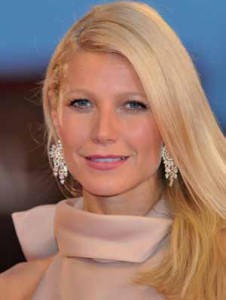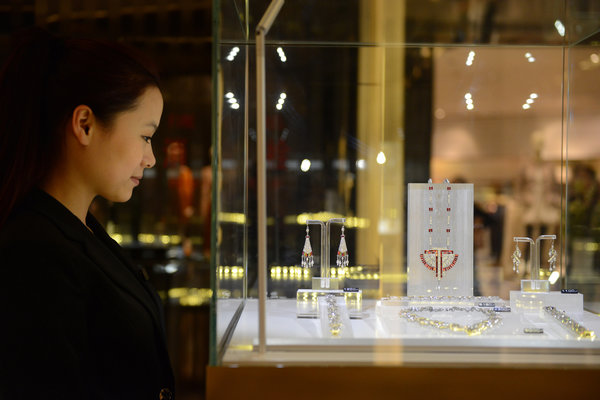For Europe’s makers of champagne, diamond watches and haute couture, financial writer Laura Cohn says the faltering recovery of the last two years has not been faltering at all

Thanks to China’s new rich snapping up Old World brands, companies like Britain’s Burberry and France’s LVMH have seen their stock prices soar.
Despite the Asian boom, however, many major luxury goods manufacturers still get just over half of their sales from Europe and the US, which appear headed for a double-dip recession. Is it time for investors to sell high on high-end goods?
Most analysts remain bullish. Even with the economic funk in the West, go-go growth in Asia means shares of luxurygoods makers may still have room to run.
“Displaying wealth has become a trend in China,” China-based HSBC analyst Erwan Rambourg says in a recent report, adding, “this will continue to translate into growing purchases of luxury goods.” Indeed, consultants at McKinsey predict the luxury market in China will more than double to €20 billion in 2015, from €9 billion in 2010.
Take LVMH, the Paris-based owner of such names as Louis Vuitton, Dom Perignon and Tag Heuer. It now generates 28% of revenues in Asian countries outside of stagnant Japan, up from 19% just five years ago. Analyst Francois-Regis Breuil of Oddo Securities in Paris thinks that growth will continue, more than offsetting any slowdown in the US and Europe. In fact, he says the thirst for luxury in Southeast Asia is “exceptionally dynamic” and still in its early stages.
ROBUST SALES
CHOOSE STOCKS WITH CARE IF YOU WANT TO BET ON CHINESE LUXURY
Similarly, British luxury retailer Burberry has 60 stores in China now; analyst John Guy of the Royal Bank of Scotland expects that number to nearly double to 111 over the next five years. The maker of classic trench coats, cashmere scarves and other high-end clothing already has plans to add two flagship stores in Hong Kong, on top of one it recently opened on Canton Road, Hong Kong’s Fifth Avenue. But will the shoppers come? Analysts think so. Guy of RBS expects sales to remain “robust ”.
Even Burberry’s stores in Britain are getting a bump from the Asian boom. About 30%-40% of the retailer’s demand in London comes from Chinese buyers on European shopping sprees; another 20%-30% is thanks to Middle Eastern and Russian customers, RBS’s Guy estimates. Such shoppers are “less affected” by Europe’s politics and economic crisis than locals are, he notes.
NEW RICH
Along with designer handbags and trench coats, China’s new rich have a growing affinity for high-end jewellery – a boon for Switzerland’s Richemont, which owns the Cartier, Van Cleef & Arpels and Piaget brands. In fact, HSBC says Richemont now gets 38% of its sales from nonJapanese Asia. That’s up from 26% just three years ago. If tourists from east Asia buying bling when traveling abroad are included, the figure is closer to 45%, HSBC says.
Sales are not only booming. Name brands are so important to developing-world consumers that European luxury retailers face little price resistance. That means sellers have been able to command higher prices in Asia than in the West, goosing profits.
China’s lust for luxury has to taper off at some point, so choose such stocks with care and keep an eye on nascent signs of overheating in the Chinese economy. If you want to bet on Chinese luxury, analysts suggest dedicating just part of your portfolio to the area, perhaps no more than a fifth or so.
UNTAPPED MARKETS
Even if Chinese growth slows, though, analysts think the number of new rich is so large, the pool of potential customers can continue to sustain high profits. In 2010, there were 1.16 million Asian rich – defined as those with $1 million (€734,000) or more in investible assets – worth some €4.1 trillion, reports Swiss private banking group Julius Baer. By 2015, Julius Baer reckons, there will be 2.82 million worth €11.6 trillion. Some developing markets, such as India and Brazil, are still largely untapped. Says Rahul Sharma, retail analyst at London retail consultancy Neev Capital: “The beauty of these companies is, they’re only just scratching the surface.”







